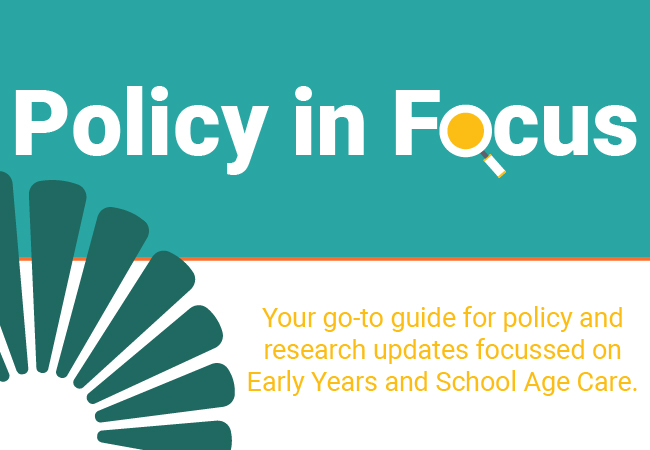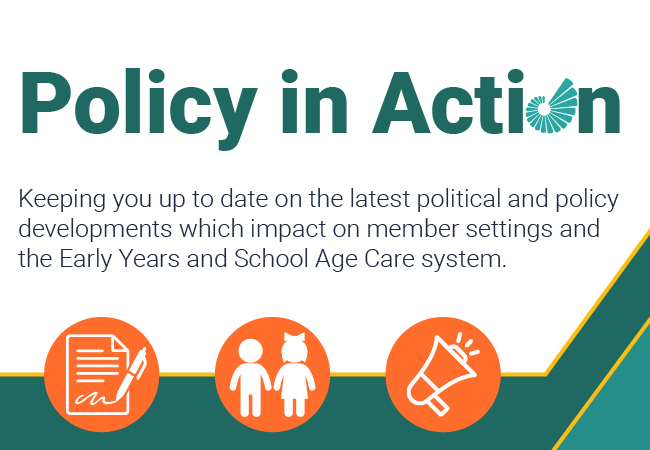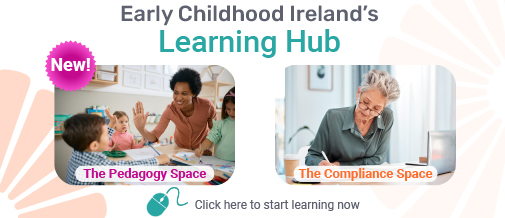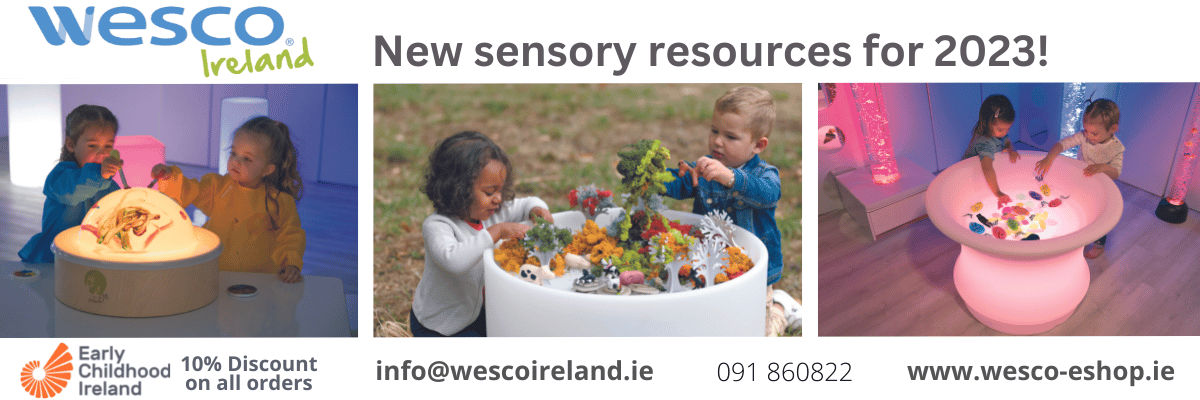Child’s Play – Risky Business
RISKY ENVIRONMENTS, – do the words conjure up interesting engaging spaces that are exciting to be in, or do they stir up feelings of apprehension within early years educators? Risk of course means different things to different people. In early years terms, we often celebrate risk-taking without maybe realising it. Think about the cheers of delight when the baby takes the first steps, when the toddler masters the balance bike, or when the four year old builds a super den with heavy or awkward materials. All of these everyday activities involve elements of acceptable risk. In fact we may become concerned if a child is showing no interest in taking risks as this risk taking is important in activating development.
As early years educators our primary concern is of course to ensure children’s safety and wellbeing. Responsible attitudes towards children’s safety and wellbeing is of paramount importance and not up for discussion but how we can best support children’s safety and wellbeing is. For a time it seemed like the early years sector was being brought down the impossible route of zero risk. Thankfully more recently a risk benefit approach is gaining ground. Minor bumps, scrapes and bruises have long been considered as the badges of an active childhood, the symbols of a working apprenticeship as the growing child learns how to manipulate themselves through life’s risks and challenges. Increasingly in recent years this way of thinking became unacceptable to many adults as a zero risk approach to childhood was strived for. Much has been written about the dangers of no risk policies and the over protection of children. Preventing or protecting children from exploring, recognising, and managing risk in the early years can be detrimental to their development and well being. If we really think about it to live a life without risk would be not to live at all.
Is our attitude to risk unconsciously affected by the value we place on a particular experience or activity? Let’s think about the risks that are generally accepted. For example the pride and excitement felt when your child has been picked for the local hurling team isn’t overshadowed by the fact that a swinging hurley stick is a dangerous weapon, similarly we don’t unduly focus on risk when we bring our children swimming, or when we put our children in the car. Of course the benefits from all of these activities can be immense. The fact that they are socially acceptable risks can impact on our perception and acceptance of the risks involved. The greater the understanding of the benefits of play the greater the likelihood of positive attitudes towards risk and challenge.
In every area of life be it work, play or relationships we need to be able to assess and manage risk. If we really observe children as they try out new things we quite often see them demonstrate an innate desire to keep themselves safe from harm while at the same time pushing themselves to do new things. The resilience of a baby trying to walk for the first time is an example of this they hold on till the last second trying to steady themselves before they let go. A two year old may sense that they need help to walk across a log, and ask for your hand to complete her journey. I am constantly impressed by children’s ability to risk assess I clearly remember the skill of a four year old as he confidently advised his teacher to get some salt to throw on the ice so they wouldn’t slip on the paving stones.
Regarding play spaces many worry that natural outdoor grass covered environments enriched with such natural elements as shrubs, trees, sandpits, stones, wood, rocks, and loose parts (planks, old pots, bricks, recycled materials etc) are places of unacceptable risk for young children. Educators knowing the value of play and the capabilities and interests of each of their children can safely provide such spaces. Being risk aware is far healthier than being risk averse. A child that feels their bodies capabilities and limits is far more likely to keep themselves safe than a child who has never learned to trust their bodies or even recognise risk. We, from a basis of knowledge of the child must learn to trust the child to enable the child learn to trust themselves. We would love to hear any stories you may have about children’s risk taking. Why not comment below.









